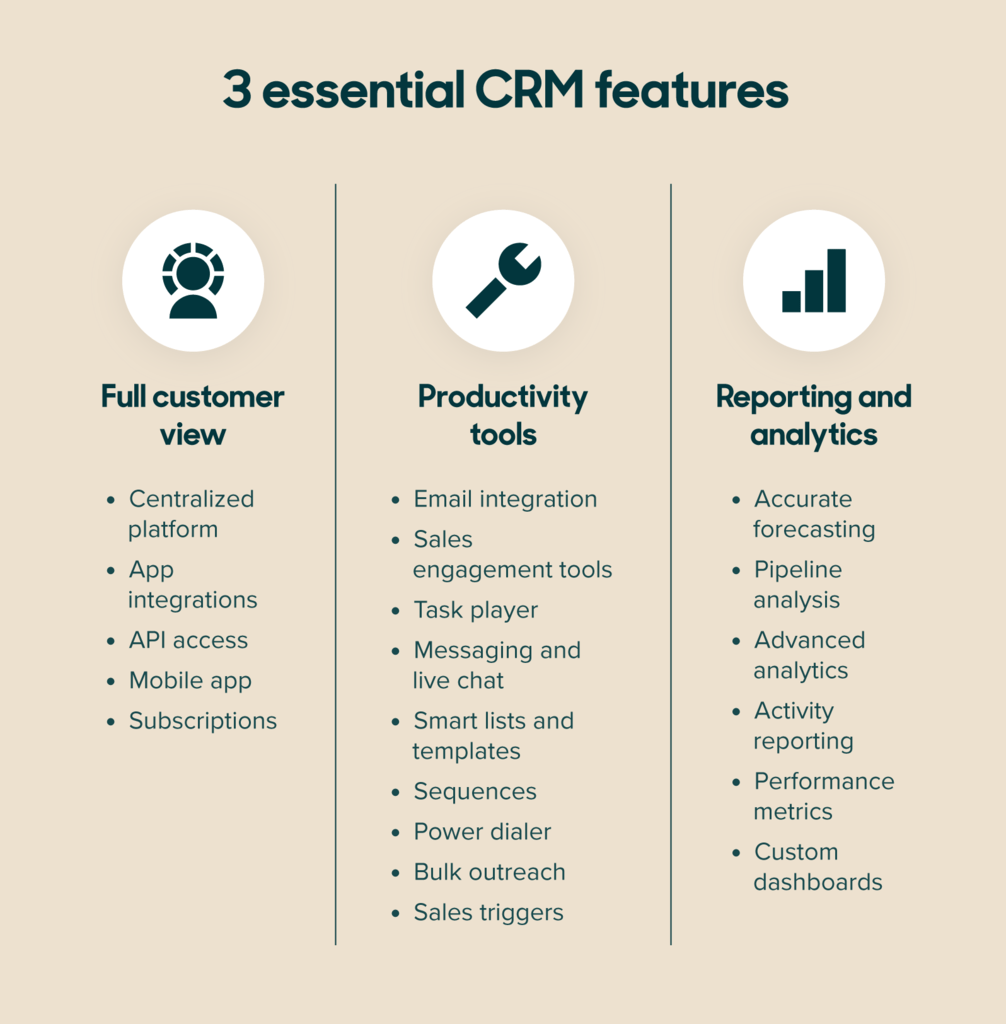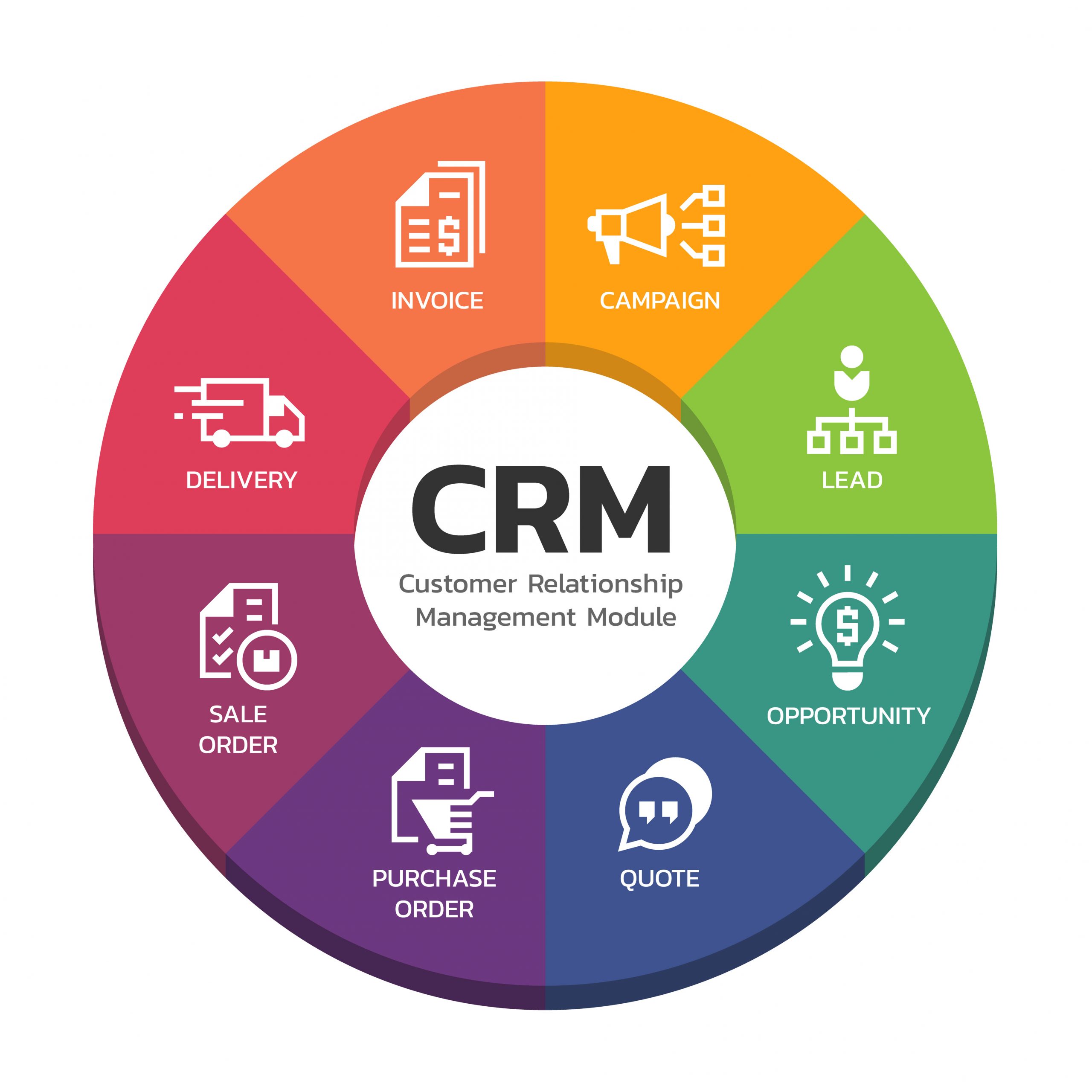
CRM for Pipeline Velocity Analysis: Turbocharging Your Sales Engine
In today’s hyper-competitive landscape, sales teams are under immense pressure to not just meet quotas but to consistently exceed them. A critical element in achieving this level of performance is understanding and optimizing your sales pipeline velocity. Pipeline velocity measures how quickly leads move through your sales funnel and convert into paying customers. A faster velocity translates directly to increased revenue, improved forecasting, and a more efficient sales operation.
While the concept of pipeline velocity is straightforward, accurately measuring and improving it requires a robust system. This is where Customer Relationship Management (CRM) platforms become indispensable.
What is Pipeline Velocity and Why Does It Matter?
Pipeline velocity is the speed at which deals progress through your sales pipeline. It’s calculated using a simple yet powerful formula:
Pipeline Velocity = (Number of Qualified Leads Average Deal Size Win Rate) / Sales Cycle Length
Let’s break down each component:
- Number of Qualified Leads: The total number of leads that meet your qualification criteria and enter the sales pipeline.
- Average Deal Size: The average value of deals won during a specific period.
- Win Rate: The percentage of qualified leads that convert into closed-won deals.
- Sales Cycle Length: The average time it takes for a lead to move from the first touchpoint to becoming a customer.
Why is this metric so important?
- Revenue Prediction: By understanding your pipeline velocity, you can more accurately forecast future revenue. A consistent velocity allows you to project how much revenue you’ll generate in the coming weeks, months, or quarters.
- Bottleneck Identification: Analyzing the components of pipeline velocity helps pinpoint areas where deals are stalling or getting stuck. Are leads getting stuck in the qualification stage? Is the sales cycle too long? Are you losing too many deals at the negotiation phase? Understanding where deals slow down allows you to address the root causes.
- Resource Allocation: A clear understanding of pipeline velocity enables you to allocate resources more effectively. If you know that a particular stage of the pipeline is a bottleneck, you can invest in additional training, tools, or personnel to improve performance.
- Sales Process Optimization: By tracking changes in pipeline velocity over time, you can assess the impact of changes to your sales process. Did a new training program improve win rates? Did a new marketing campaign increase the number of qualified leads? Pipeline velocity provides a quantitative measure of these improvements.
How CRM Enables Effective Pipeline Velocity Analysis
While the pipeline velocity formula is simple, gathering the necessary data and tracking changes over time can be complex. This is where a CRM system becomes invaluable. Here’s how CRM platforms empower effective pipeline velocity analysis:
-
Centralized Data Management:
- Lead Tracking: CRM systems capture and store comprehensive data on every lead, including contact information, interaction history, and lead source.
- Deal Management: CRM provides a structured way to manage deals as they progress through the sales pipeline. This includes tracking the deal stage, expected close date, deal value, and probability of closing.
- Activity Logging: CRM automatically logs all sales activities, such as emails, calls, meetings, and demos. This provides a complete record of interactions with each lead and deal.
By centralizing all this data, CRM makes it easy to access the information needed to calculate pipeline velocity and identify trends.
-
Automated Data Collection:
- Stage Tracking: CRM systems automatically track the stage of each deal in the pipeline. This eliminates the need for manual data entry and ensures that the data is accurate and up-to-date.
- Sales Cycle Length Calculation: CRM can automatically calculate the length of the sales cycle for each deal, from the first touchpoint to the closed-won or closed-lost date.
- Win Rate Calculation: CRM automatically calculates win rates based on the number of qualified leads and the number of closed-won deals.
This automation saves sales teams valuable time and reduces the risk of errors.
-
Customizable Reporting and Dashboards:
- Pipeline Velocity Reports: Most CRM systems offer pre-built reports that calculate pipeline velocity and track changes over time.
- Custom Dashboards: CRM allows you to create custom dashboards that display key pipeline velocity metrics, such as the number of qualified leads, average deal size, win rate, and sales cycle length.
- Segmentation and Filtering: CRM allows you to segment and filter data to analyze pipeline velocity for specific products, regions, or sales teams.
These reporting and dashboard capabilities provide sales leaders with a clear and actionable view of pipeline performance.
-
Workflow Automation:
- Lead Qualification Workflows: CRM can automate the lead qualification process, ensuring that only qualified leads enter the sales pipeline.
- Task Management: CRM can automatically assign tasks to sales reps based on the stage of the deal, ensuring that deals are moving forward.
- Email Automation: CRM can automate email follow-up, ensuring that leads are engaged throughout the sales cycle.
By automating these tasks, CRM can help accelerate deals through the pipeline and improve overall velocity.
Best Practices for Using CRM to Optimize Pipeline Velocity
While CRM provides the tools needed to analyze and improve pipeline velocity, it’s essential to follow best practices to maximize its effectiveness.
-
Define Clear Qualification Criteria:
- Ideal Customer Profile (ICP): Define your ideal customer profile based on factors such as industry, company size, revenue, and pain points.
- BANT Criteria: Use the BANT (Budget, Authority, Need, and Timeline) criteria to qualify leads and ensure that they have the potential to become paying customers.
- Standardized Qualification Process: Implement a standardized lead qualification process to ensure that all sales reps are using the same criteria.
By defining clear qualification criteria, you can ensure that only qualified leads enter the sales pipeline, improving the accuracy of your pipeline velocity calculations.
-
Map Your Sales Process:
- Define Sales Stages: Clearly define the stages of your sales process, from initial contact to closed-won.
- Establish Exit Criteria: Establish clear exit criteria for each stage, defining what needs to happen for a deal to move to the next stage.
- Document the Process: Document your sales process and make it accessible to all sales reps.
By mapping your sales process, you can identify potential bottlenecks and optimize the flow of deals through the pipeline.
-
Track Key Metrics:
- Number of Qualified Leads: Track the number of leads that enter the sales pipeline each month or quarter.
- Average Deal Size: Track the average value of deals won during a specific period.
- Win Rate: Track the percentage of qualified leads that convert into closed-won deals.
- Sales Cycle Length: Track the average time it takes for a lead to move from the first touchpoint to becoming a customer.
By tracking these key metrics, you can identify trends and areas for improvement.
-
Regularly Analyze Your Pipeline:
- Identify Bottlenecks: Use CRM reports and dashboards to identify areas where deals are stalling or getting stuck.
- Analyze Win/Loss Data: Analyze win/loss data to understand why deals are being won or lost.
- Monitor Sales Rep Performance: Monitor sales rep performance to identify areas where reps may need additional training or support.
Regular analysis of your pipeline will help you identify opportunities to improve pipeline velocity and increase revenue.
-
Continuously Optimize Your Sales Process:
- Test New Strategies: Test new sales strategies, such as different messaging, sales techniques, or pricing models.
- Gather Feedback: Gather feedback from sales reps and customers to identify areas for improvement.
- Implement Changes: Implement changes to your sales process based on the data and feedback you’ve gathered.
Continuously optimizing your sales process will help you improve pipeline velocity and drive revenue growth.
Choosing the Right CRM for Pipeline Velocity Analysis
Not all CRM systems are created equal. When choosing a CRM for pipeline velocity analysis, consider the following factors:
- Reporting and Analytics: Does the CRM offer robust reporting and analytics capabilities, including pre-built pipeline velocity reports and customizable dashboards?
- Automation: Does the CRM offer workflow automation capabilities that can help accelerate deals through the pipeline?
- Integration: Does the CRM integrate with your other sales and marketing tools, such as your marketing automation platform and your sales engagement platform?
- Ease of Use: Is the CRM easy to use and intuitive for sales reps?
- Scalability: Can the CRM scale as your business grows?
Some popular CRM systems that offer robust pipeline velocity analysis capabilities include Salesforce, HubSpot CRM, Microsoft Dynamics 365 Sales, and Zoho CRM.
Conclusion
Pipeline velocity is a critical metric for understanding and optimizing your sales performance. By leveraging the power of a CRM system, you can accurately measure pipeline velocity, identify bottlenecks, and optimize your sales process to drive revenue growth. By following the best practices outlined in this article, you can transform your CRM into a powerful engine for accelerating your sales pipeline and achieving your revenue goals.

